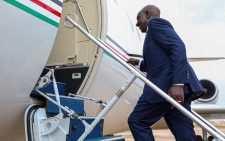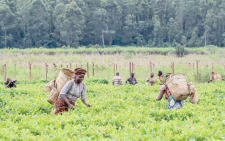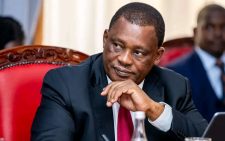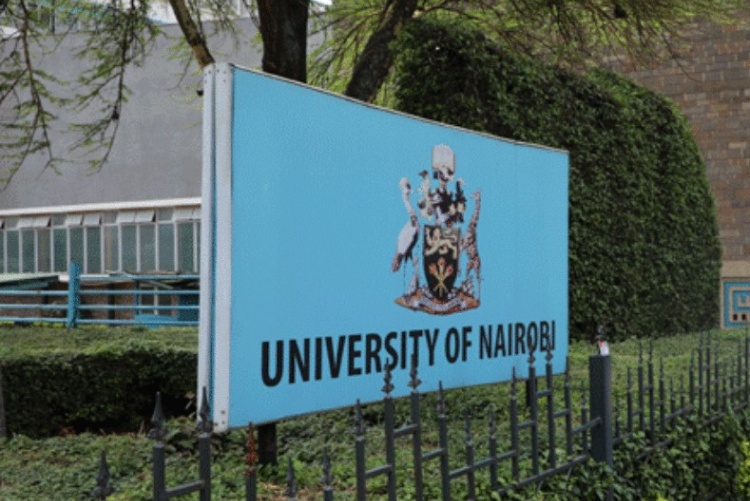Refugees: Kenya must balance humanitarian duty with national interests
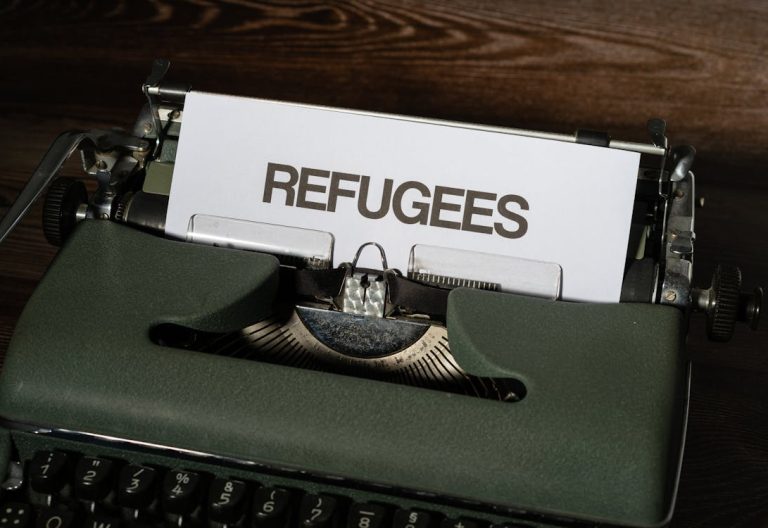
Ongoing political turmoil in South Sudan, triggered by President Salva Kiir’s decision late last month to place First Vice President Riek Machar under house arrest, has generated a new wave of displacement.
Prime Cabinet Secretary Musalia Mudavadi told senators on Wednesday that Kenya was receiving at least 20 refugees a day from South Sudan. This number is likely to be even higher, considering refugees who enter Kenya through so- called “panya routes” and have not registered with government agencies. In managing this influx, officials must tread carefully.
Kenya has been a regional haven for decades. The Kakuma and Dadaab camps have provided shelter over the years to those fleeing conflict. As of June 30, 2024, Dadaab, in Garissa County, held about 383,048 refugees and asylum- seekers, while Kakuma, in Turkana County, housed around 289,861.
Many current residents were born within these settlements, and have known no other home. These vulnerable populations must be protected.
The government’s “Ushirika” initiative seeks to shift Kenya’s approach to managing refugees from keeping them in camps to integrating them into the larger society. This strategy, backed by the United Nations refugee agency UNHCR, aims to transform refugee settlements into integrated communities that contribute meaningfully to Kenya’s socioeconomic development.
But, in implementing the strategy, officials must keep in mind several potential pitfalls. First, the government must address competition for resources.
The Kakuma and Dadaab areas already face scarcity, and any perception that refugees are receiving preferential treatment can foment resentment and inflame tensions with the host communities.
While highlighting the economic contributions refugees make through entrepreneurship, specialised skills and cultural diversity, officials should ensure equitable distribution of resources and services. Another issue is security. The conflict in South Sudan is largely ethnic, and this dimension could spill across borders.
Refugees must be carefully vetted before being granted permanent resident status. Community-based monitoring networks must be set up to identify and address any emerging tensions before they
escalate. Finally, social integration sounds noble and manageable on paper but it will demand difficult policy changes that may not be acceptable to every Kenyan.
Language lessons, greater education and joint community projects can help build bridges between refugees and locals. Schools and healthcare facilities will have to be redesigned to serve both populations.
We support Kenya’s efforts to maintain its humanitarian commitment while safeguarding the national interest. Officials will have to develop targeted economic programmes that benefit both refugees and host communities.
They will also have to establish clear pathways to legal status for the long term. Refugees, particularly those born in Kenya, and reinforce border security while maintaining humanitarian corridors. This will strengthen Kenya’s regional standing while building communities that can support themselves and contribute to national development.


